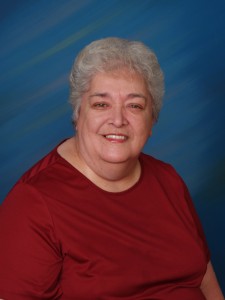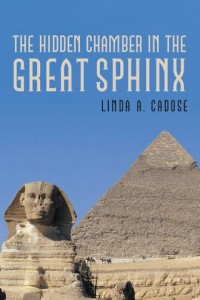 |
| Mummy of Cleopatra |
In my second book, The Underwater Pyramid In The Bermuda Triangle, the character Cliff and his son, Matt discover a glass pyramid under the ocean. There they find two mummies.
I thought today, I would just briefly touch on mummies.
We all know that the ancient Egyptians mummified people and animals too. Do you know how mummification works or why they did it?
Well, as far as the working part goes, I will spare you the sorted details but to say that the process was twofold: embalming and wrapping.
You can view the process here:
The reason why the Egyptians mummified was for religious reasons. In fact, it was part of a religious ceremony. The Egyptians believed that the deceased, especially pharaohs, rose again in the afterlife.
The body had to be prepared in a proper manner in order to be received and brought into the afterlife.
This meant that all the deceased king's possessions must go with him. Sometimes, that included people and animals that were still alive. I am sure you can understand what that meant for them and is why often those mummies were also in the tomb with the king.





 source
source source
source source
source source
source




